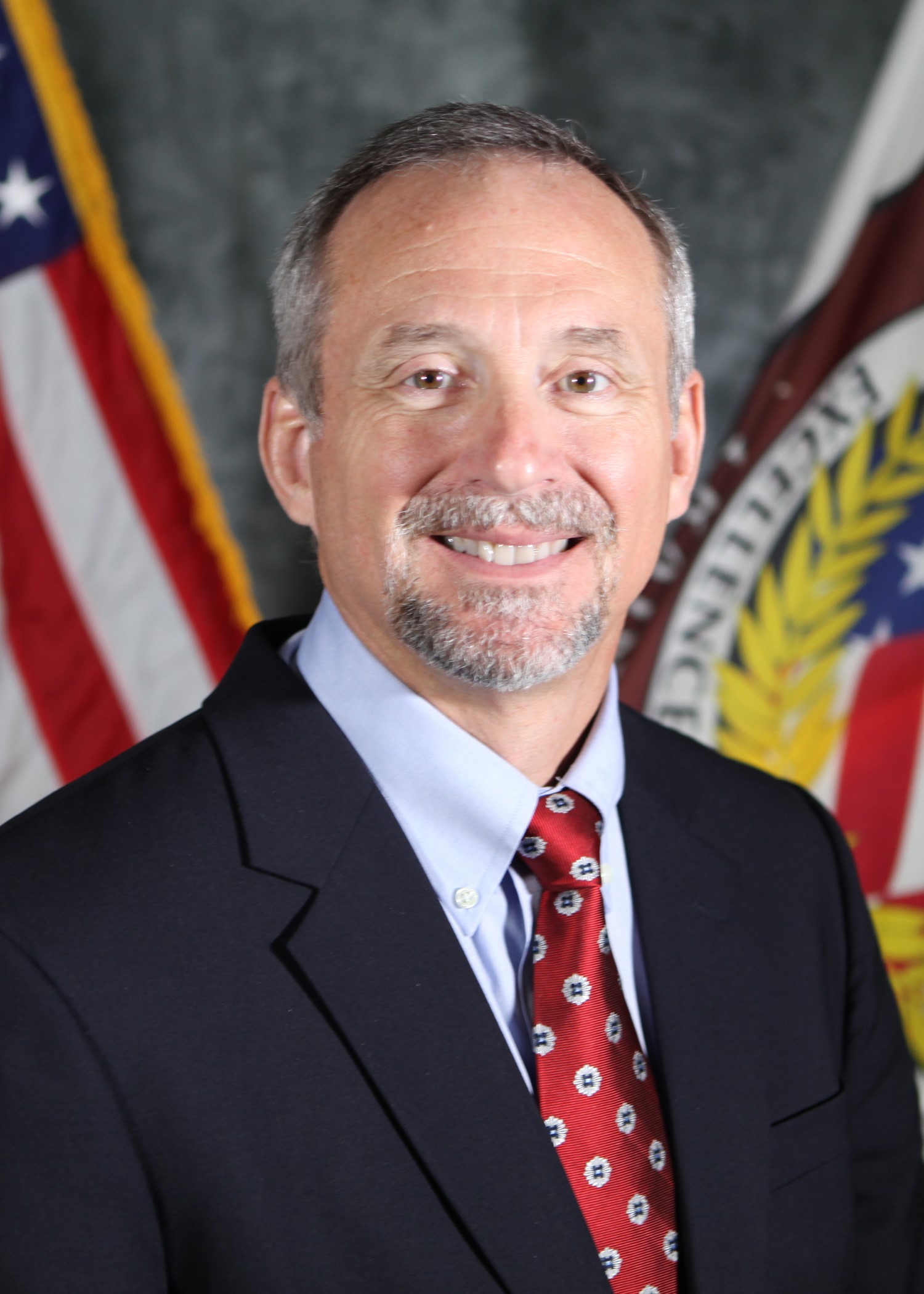Posted on July 7, 2021 by Amanda Cerreto
July 8, 2021 — Criminology & Criminal Justice professor Michael Smith participated in Kens5’s Police and Race series .
Three days of interviews with recordings nearly exceeding eight hours produced conversations about a conflicted and deadly past. The lengthy talks also yielded a common ground for resolve.
Ten people who have distinctive views on the relationship between police and communities of color agreed to share their experiences, truths, challenges, and solutions for the KENS 5 Eyewitness News diversity collective ‘ Together We Rise .’
 Who:
Michael Smith is a nationally recognized criminologist who is a former police officer. Smith said he worked in Richmond, Virginia, on the city’s southside in the early part of his law enforcement career. The area was impoverished, almost exclusively African-American, and high crime. He said he faced the tensions one might expect a young white officer would. Smith also recalled garnering community support. As a scholar, he gets to marry academics and criminology.
Who:
Michael Smith is a nationally recognized criminologist who is a former police officer. Smith said he worked in Richmond, Virginia, on the city’s southside in the early part of his law enforcement career. The area was impoverished, almost exclusively African-American, and high crime. He said he faced the tensions one might expect a young white officer would. Smith also recalled garnering community support. As a scholar, he gets to marry academics and criminology.
The Problem: “By and large, you know, the history of the Black community and the police is fraught. It’s often tension-filled. For a long period of the history of Blacks in the United States, the police were not, you know, they were there to oppress them. Right? They weren’t there to lift them up, to protect their constitutional rights. They were, you know, that was not their role for 100 years or more. I don’t think you can escape that historical legacy.
Having said that, our police have come a long way. The level of professionalism, the level of training, the level of respect for the rule of law, the law itself has changed significantly. But that doesn’t undo, you know, over 100 years of oppression that, you know, African-Americans have felt at the hands of the police prior to the civil rights era of the mid-60s.
When you’re watching the internet, however, you choose to get your information…You would get the impression that there’s this, you know, pandemic of police violence going on right now in ways that are different than we used to be in the past. And that’s not true.
The general public has, I think, an impression now that the George Floyd cases of tragedies are more normative, and they’re not at all, you know; they’re aberrations in the extreme.
What you don’t see is the tens of thousands of police-citizen encounters that go perfectly fine. Right?
People of color and who live in communities of color are in no more danger from the police than they were last year—or two years from now, prior or five years or ten years. But they don’t—but they feel like they are right? Fear of crime is up here. The chances of being victimized is way down. Right? Why are people much more fearful than the data suggests they should be? How do we bridge that? How do we bridge that gap?
By and large, San Antonio and its community and its police department have a pretty good relationship compared to a lot of places.”
The Solution: I think communities have got to to to feel like there aren’t obstacles in the way, particularly communities of color, have to feel that there aren’t obstacles in the way of holding bad cops accountable. And I think in many communities of color, they don’t feel that way.
To me, change looks like accountability. It looks like better training for sure. What we need is more training on what to do right, how to behave, and how to react appropriately and under stress.
There’s not nearly enough training about how to deal with people. Right? In particular how to deal with people who don’t look like you and in their communities.
We need empathy. We need to be able to see people as human beings, no matter what the color of their skin is or how much money they make.”

